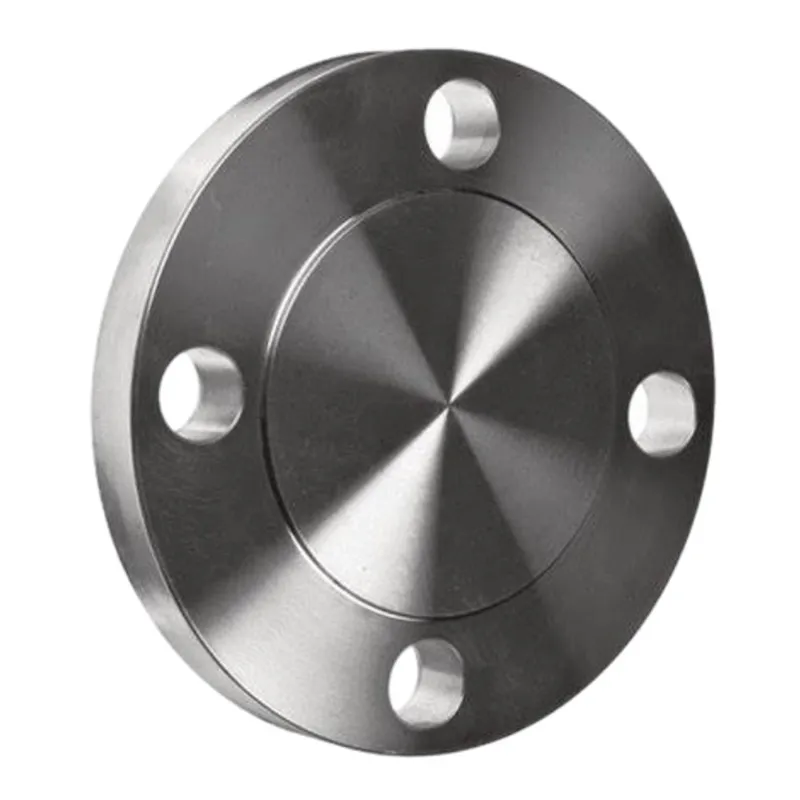-
Cangzhou Yulong Steel Co., Ltd.
-
Phone:
+86 13303177267 -
Email:
admin@ylsteelfittings.com
- English
- Arabic
- Italian
- Spanish
- Portuguese
- German
- kazakh
- Persian
- Greek
- French
- Russian
- Polish
- Thai
- Indonesian
- Vietnamese
- Zulu
- Korean
- Uzbek
- Hindi
- Serbian
- Malay
- Ukrainian
- Gujarati
- Haitian Creole
- hausa
- hawaiian
- Hebrew
- Miao
- Hungarian
- Icelandic
- igbo
- irish
- Japanese
- Javanese
- Kannada
- Khmer
- Rwandese
- Afrikaans
- Albanian
- Amharic
- Armenian
- Azerbaijani
- Basque
- Belarusian
- Bengali
- Bosnian
- Bulgarian
- Catalan
- Cebuano
- China
- China (Taiwan)
- Corsican
- Croatian
- Czech
- Danish
- Esperanto
- Estonian
- Finnish
- Frisian
- Galician
- Georgian
- Kurdish
- Kyrgyz
- Lao
- Latin
- Latvian
- Lithuanian
- Luxembourgish
- Macedonian
- Malgashi
- Malayalam
- Maltese
- Maori
- Marathi
- Mongolian
- Myanmar
- Nepali
- Norwegian
- Norwegian
- Occitan
- Pashto
- Dutch
- Punjabi
- Romanian
- Samoan
- Scottish Gaelic
- Sesotho
- Shona
- Sindhi
- Sinhala
- Slovak
- Slovenian
- Somali
- Sundanese
- Swahili
- Swedish
- Tagalog
- Tajik
- Tamil
- Tatar
- Telugu
- Turkish
- Turkmen
- Urdu
- Uighur
- Welsh
- Bantu
- Yiddish
- Yoruba

Nov . 21, 2024 15:12 Back to list
buttwelded
Understanding Buttwelded Joints A Key Element in Modern Engineering
Buttwelded joints are an essential component in various engineering applications, particularly in piping and structural assemblies. This method of joining two pieces of metal or plastic creates a strong, seamless connection through the process of welding, where the edges of the materials are aligned and fused together. This article explores the fundamentals of buttwelded joints, their advantages, and their applications in different industries.
The concept of buttwelding is straightforward yet highly effective
. To create a buttwelded joint, the two items to be joined are placed edge to edge and subjected to heat and pressure. The welding process can be accomplished using various techniques, including metal arc welding, TIG (Tungsten Inert Gas) welding, and MIG (Metal Inert Gas) welding. The choice of method depends on the materials involved, the desired strength of the joint, and the specific requirements of the project.One of the primary advantages of buttwelded joints is their strength and durability. When properly executed, these joints are capable of withstanding significant mechanical stress and pressure, making them ideal for high-performance applications. For instance, they are commonly used in the oil and gas industry for pipelines that transport fluids under high pressure. Additionally, in construction and manufacturing, buttwelded connections provide a robust solution for structural integrity, ensuring that buildings and machinery remain safe and reliable over time.
buttwelded

Buttwelded joints also offer aesthetic benefits. Unlike other joining methods such as bolting or riveting, which can leave visible fasteners, buttwelding produces smooth and uniform connections that enhance the overall appearance of the finished product. This quality is particularly important in architectural applications where visual appeal is as crucial as structural strength.
However, it is essential to note that the quality of a buttwelded joint heavily relies on the skill of the welder and the quality of the materials used. Poorly executed welds can lead to failures, including cracks and leaks, which can have disastrous consequences in critical applications. Therefore, rigorous quality control and testing procedures are necessary to ensure the reliability of buttwelded joints.
In conclusion, buttwelded joints are a fundamental aspect of modern engineering, providing strong, durable, and aesthetically pleasing connections across various industries. Their effectiveness in handling high-stress scenarios makes them indispensable in both industrial and architectural applications. As engineering technologies continue to evolve, the methods and techniques related to buttwelding will likely advance, leading to even more efficient and reliable joint formations in the future.
Latest news
-
ANSI 150P SS304 SO FLANGE
NewsFeb.14,2025
-
ASTM A333GR6 STEEL PIPE
NewsJan.20,2025
-
ANSI B16.5 WELDING NECK FLANGE
NewsJan.15,2026
-
ANSI B16.5 SLIP-ON FLANGE
NewsApr.19,2024
-
SABS 1123 FLANGE
NewsJan.15,2025
-
DIN86044 PLATE FLANGE
NewsApr.19,2024
-
DIN2527 BLIND FLANGE
NewsApr.12,2024
-
JIS B2311 Butt-Welding Fittings LR/SR 45°/90° /180°Seamless/Weld
NewsApr.23,2024











